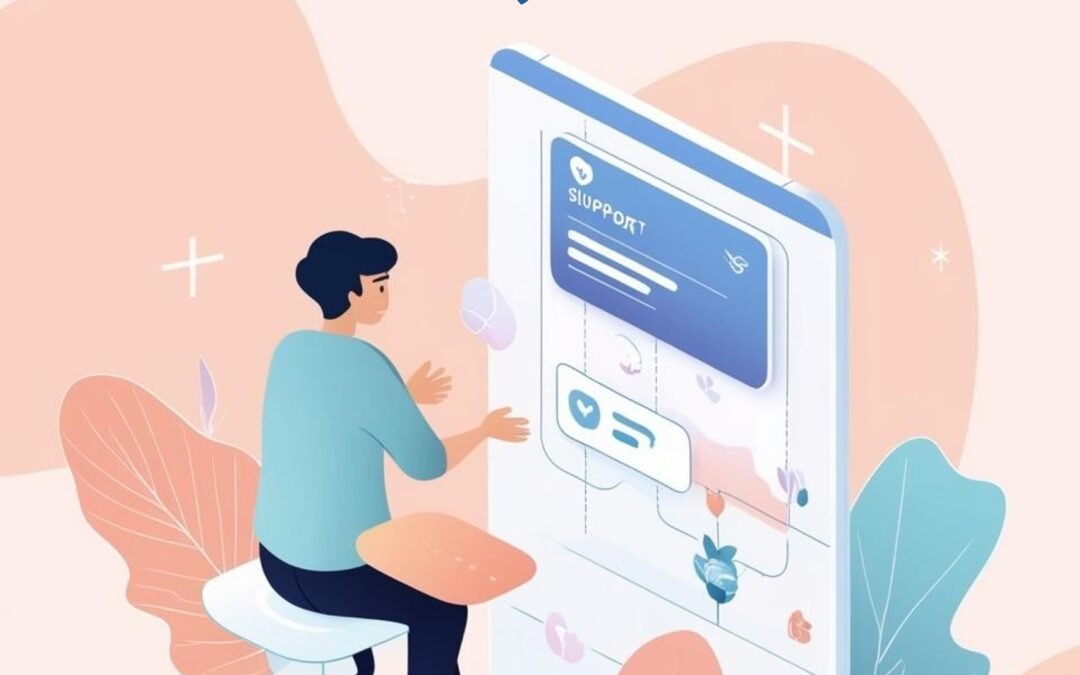Harnessing Agile for Mental Health Initiatives in Mining and Banking
In today’s high-stakes corporate world, employee mental health is no longer a sideline issue—it’s a priority. Industries like mining and banking, with their unique pressures, face distinct mental health challenges that demand innovative solutions. Agile project management, a methodology celebrated for its adaptability and iterative approach, offers a powerful framework to address these needs. Originally developed for software projects, Agile’s principles of collaboration, flexibility, and continuous improvement make it an ideal fit for designing and delivering mental health initiatives that truly resonate with employees.
The Unique Mental Health Challenges in Mining and Banking
Mining: A High-Risk, High-Stress Environment
Mining is a tough industry. Workers endure long shifts, often in remote locations, facing physical risks and isolation. These conditions take a toll: a 2020 study found that mine workers are significantly more likely to experience anxiety, depression, and burnout than the general population. Safety concerns, fatigue, and limited access to support amplify these struggles, making tailored mental health programs essential.
Banking: The Pressure Cooker of Performance
Banking presents a different but equally intense set of challenges. Financial professionals navigate a fast-paced, high-stakes environment where precision and client demands reign supreme. The result? Chronic stress and burnout are rampant. A 2022 report revealed that nearly 60% of banking employees experience moderate to severe stress. With long hours and unrelenting pressure, mental well-being often takes a backseat—unless proactive steps are taken.
Agile in Action: Tailoring Mental Health Initiatives
Agile’s strength lies in its iterative cycles, or “sprints,” which allow teams to build, test, and refine solutions quickly. For mental health projects, this means programs can evolve based on real-time employee feedback, ensuring they hit the mark. Here’s how Agile can work in each industry:
Mining: Addressing Stressors Head-On
Imagine a mining company launching a mental health initiative using Agile:
- Sprint 1: Survey workers to identify top stressors—say, fatigue from 12-hour shifts or lack of peer support.
- Sprint 2: Pilot a workshop on resilience, scheduled around shift changes for maximum attendance.
- Sprint 3: Collect feedback and tweak the program, adding fatigue management tips or a peer mentoring system.
- Sprint 4: Roll out on-site counselling, fine-tuning based on participation and impact.
This approach ensures the program directly tackles miners’ real-world challenges, adapting as needs shift—whether due to seasonal workloads or new safety protocols.
Banking: Keeping Pace with a Dynamic Workforce
In banking, Agile can create stress management programs that evolve with the industry’s demands:
- Sprint 1: Poll employees to pinpoint stress triggers, like heavy workloads or client pressure.
- Sprint 2: Launch a mindfulness training session for a single team.
- Sprint 3: Refine it based on feedback, adding financial wellness or work-life balance modules.
- Sprint 4: Scale the program bank-wide, with ongoing adjustments as new stressors—like market volatility—emerge.
Agile’s flexibility ensures banking initiatives stay relevant, even in an industry that never slows down.
The Value of Agile: Why It Works
Agile isn’t just a process—it’s a game-changer for mental health projects. Here’s why it delivers value in mining and banking:
- Collaboration Fuels Buy-In
Agile thrives on stakeholder involvement. Employees, HR, mental health experts, and leaders co-create solutions, ensuring programs reflect real needs—not just executive assumptions. This buy-in boosts participation and trust.
- Adaptability Meets Changing Needs
Mental health isn’t static. Agile’s iterative nature lets organizations pivot fast—whether miners need more support during a tough season or bankers face a stressful merger. Regular feedback loops keep programs effective.
- Measurable Impact Secures Support
Agile emphasizes data. By tracking metrics like participation, employee satisfaction, or reduced absenteeism, organizations can prove the ROI of mental health initiatives. This evidence is gold for winning leadership backing.
A Path Forward
Mining and banking are tough industries, but their mental health challenges don’t have to be insurmountable. Agile offers a dynamic, responsive way to build resilient workforces—delivering programs that adapt, engage, and perform. By embracing Agile, these sectors can foster cultures where well-being and productivity go hand in hand.
Ready to rethink mental health in your organization? Agile is the key. Start small, iterate often, and watch the impact grow with Drilldown Reports Agile Framework.

